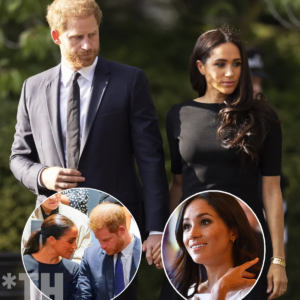From pre-colonial maori festivals to Catholic, Chinese https://womenforwomen.org.uk/, and Islamic customs, Philippine ceremony history is a lovely fusion of native and foreign forces. Nevertheless, despite having a variety of origins, love and commitment are the central themes in all Filipino ceremony ceremonies.

A conventional Filipino wedding, such as the pamanhikan, in which the groom’s family pays the bride a visit to officially ask for her hand in marriage, was an extravaganza of folk rituals lengthy before Spain colonized the Philippines. A babaylan may thank the couple on the first day while holding their joined fingers over a tray of wheat. The couple then went back to their grove and enjoyed a delicious meal there until the next evening.
The majority of households in the Philippines still practice pamanhikan traditions immediately, but they do so with a more contemporary flair. To the babaylan’s home, the bride and groom perhaps get led on split pretty filipino girls festivities while frequently toting food or flower products. The pair does then kiss and hug one another as the babaylan did pray over the grain disk.
The newlyweds will typically receive a kalamay shower( a dish of thick corn cakes) from their customers during the reception. The grain serves as a reminder of their vow to remain united throughout their marriage. Additionally, it serves as a way for them to express their gratitude to their friends and family for their assistance and attendance at the bride.
The newlyweds will then typically dance during the money dance, also known as” the dollar dance.” The bride and groom’s friends and family gather in sherengas during this time to dance with them while having charges taped or pinched onto their attire. The sum of income raised represents their riches and best intentions for the brides.
News
Bahsegel güvenilir mi endişesi taşımadan bahis yapabilirsiniz.
Bahsegel güvenilir mi endişesi taşımadan bahis yapabilirsiniz.
What is a lesbian sugar mama?
What will be the advantages of dating a web lesbian sugar mama? There are many benefits to dating a web lesbian sugar mama.for one, they are generally…
Turinabol wszystko, co powinieneś wiedzieć o tym sterydzie anabolicznym
Turinabol wszystko, co powinieneś wiedzieć o tym sterydzie anabolicznym Glutamina i BCAA to doskonały tandem, który wspomaga wzrost mięśni, zwiększa produktywność. Anaboliczna aktywność chlorodehydrometylotestosteronu jest nieco niższa…
Revolutionize your love life with our unique dating service
Join our community and find the perfect relationship today Dating sites for big beautiful women are a terrific way to find someone who’s appropriate for your lifestyle….
Get prepared for a fantastic dating adventure
what’s a milf and why if you meet one? A milf is a lady that is avove the age of 40.milfs in many cases are regarded as…
Unlock the effectiveness of online dating in order to find your perfect match
Join the revolution – find your ideal match on our dating website today With over a million users, match.com may be the largest dating site on earth.whether…
End of content
No more pages to load




